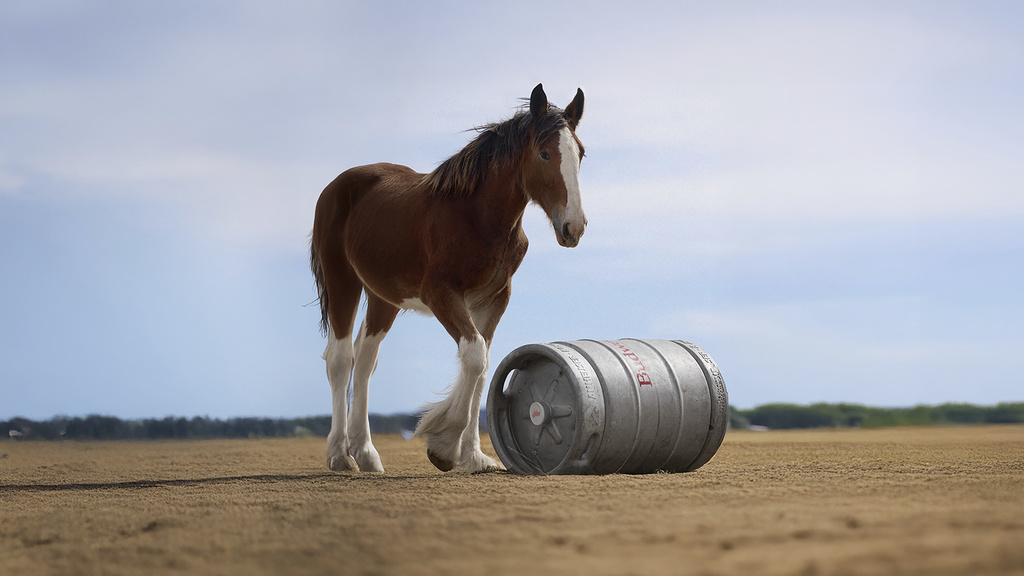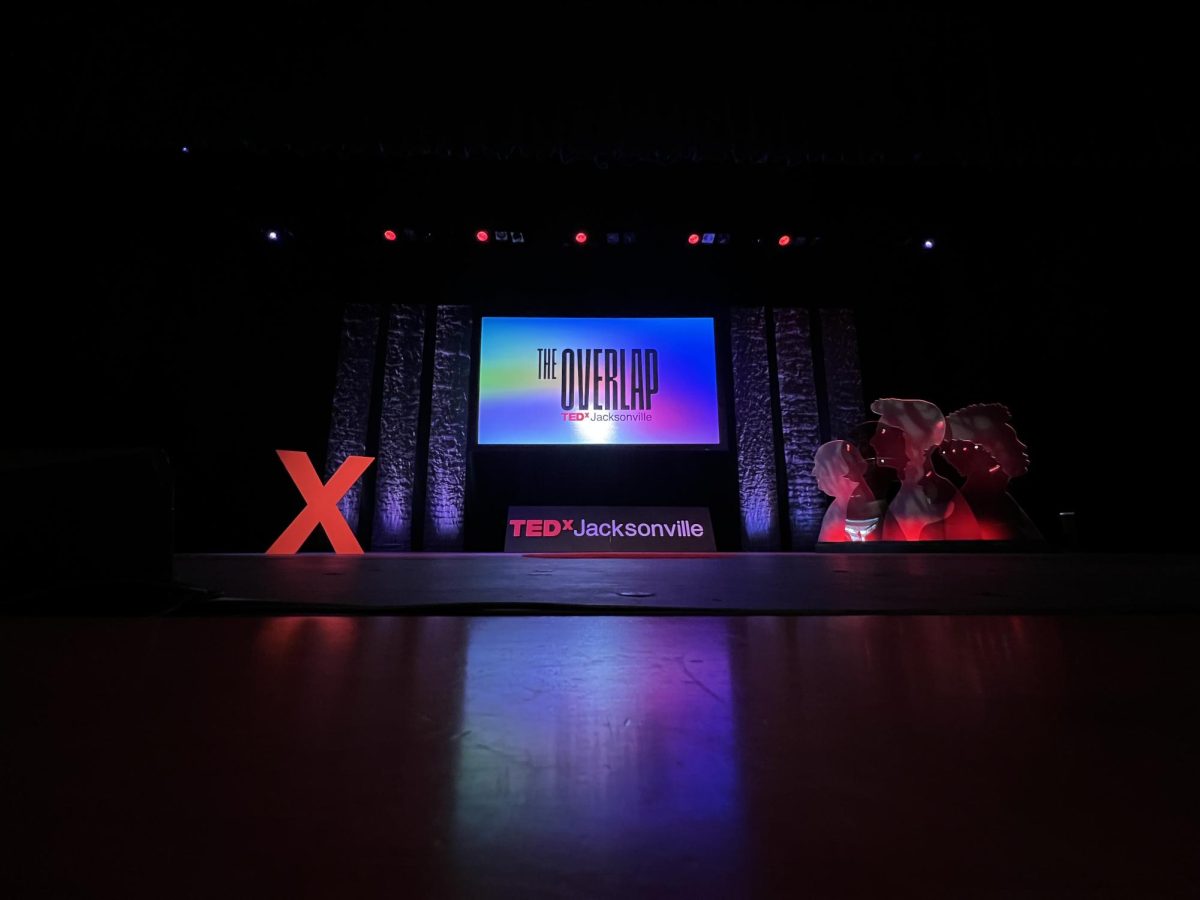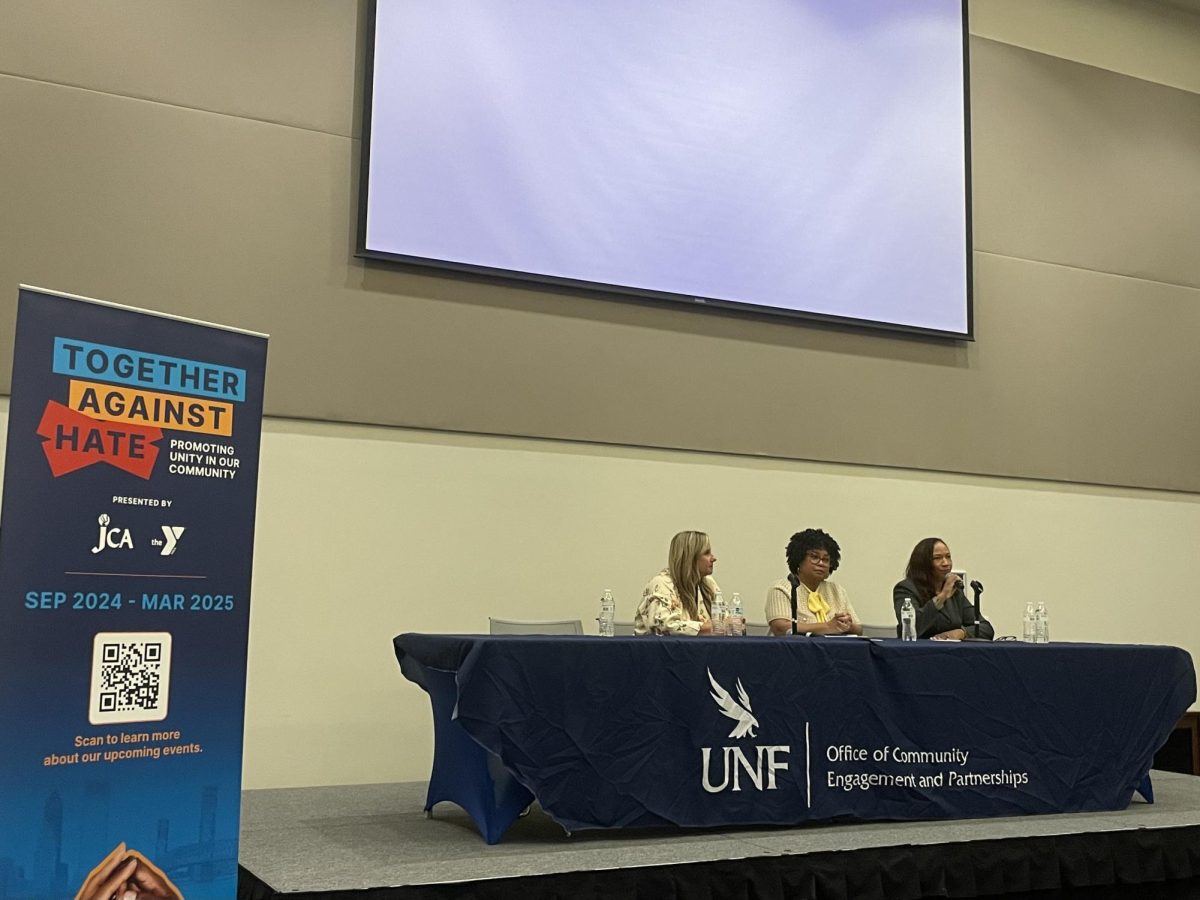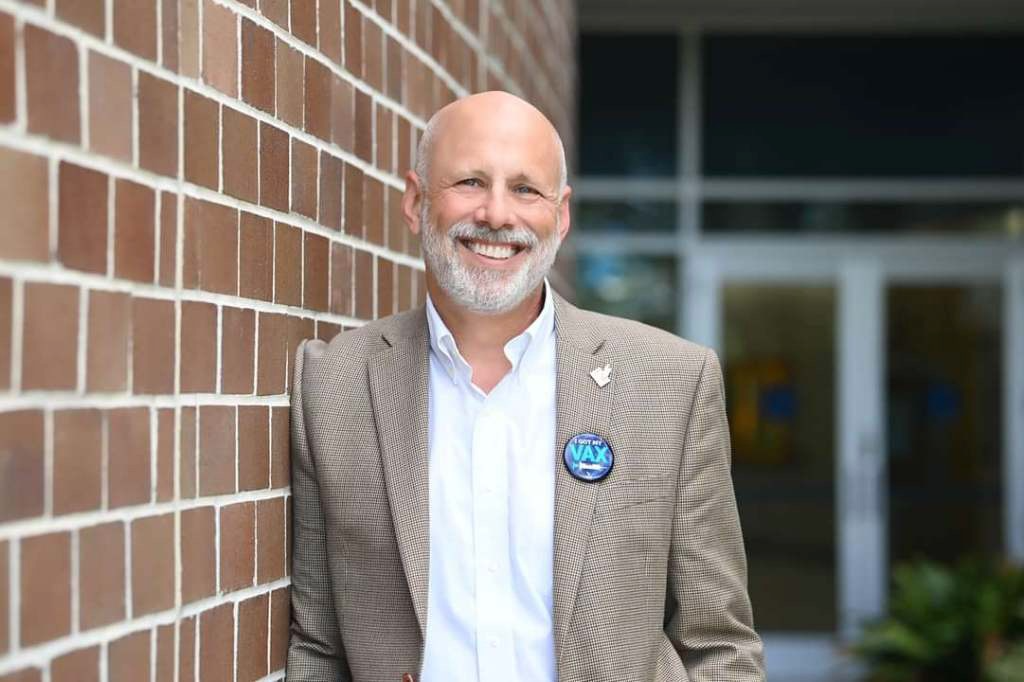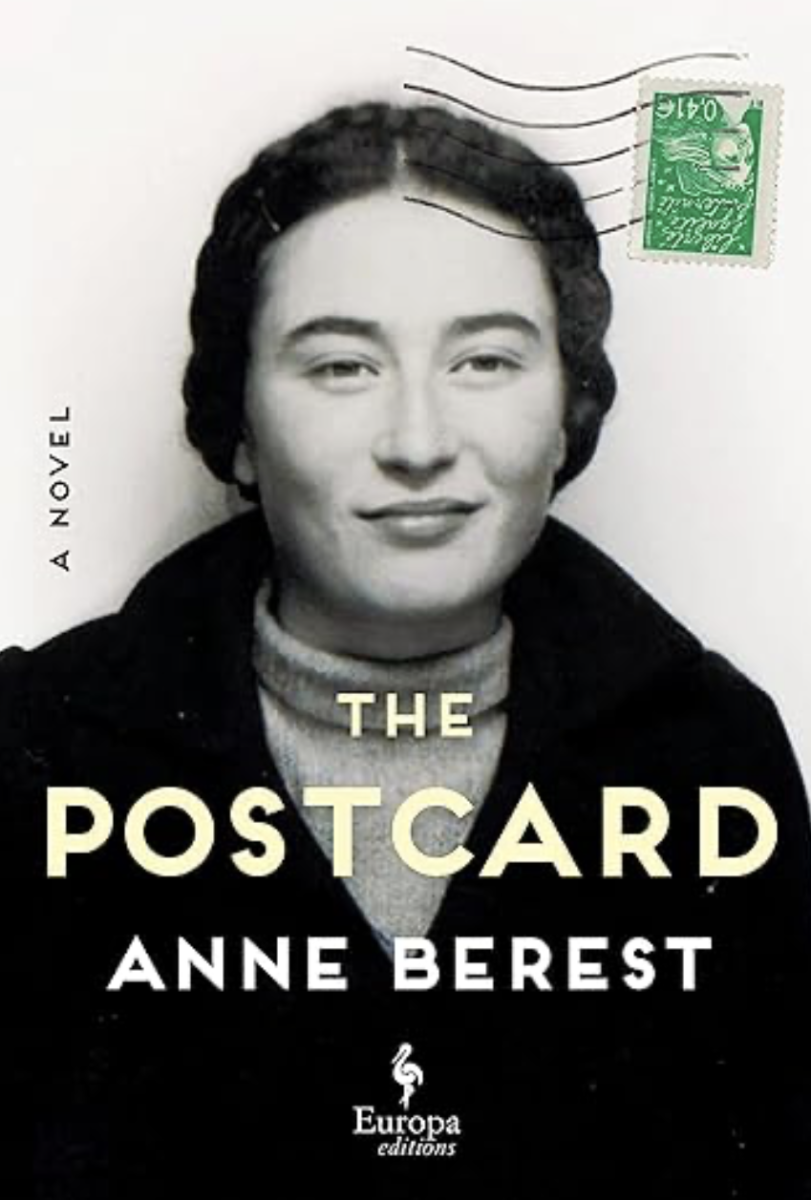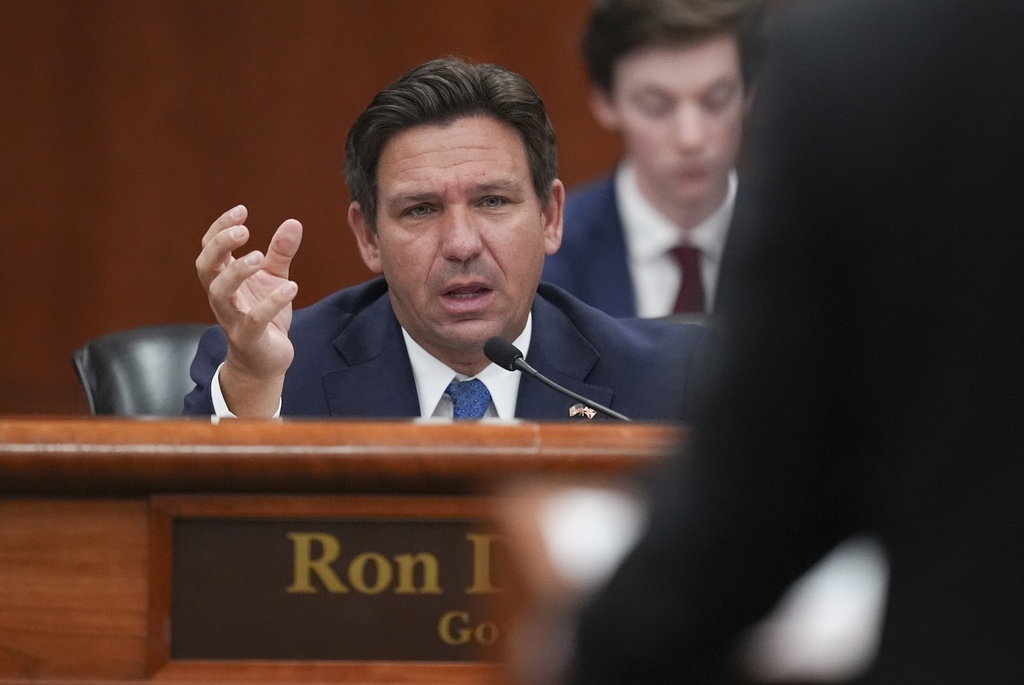This article expresses the views of its author(s), separate from those of this publication. Readers are encouraged to comment or submit a Letter to the Editor to share their opinions. To submit a Letter to the Editor, follow the instructions here.
During this year’s Super Bowl, OpenAI premiered a one-minute commercial, marking the company’s $14 million Super Bowl premiere.
In the ad, titled “The Intelligence Age,” black and white dots illustrate human progress, from the creation of fire to the start of the internet. Then, the commercial transitions to AI by featuring different voices asking a chatbot to perform various tasks, and ends with the AI asking, “What do you want to create next?”
Notably, humans created this ad, not AI, which really makes me question what “creating” OpenAI refers to in this commercial.
Talking on this subject, OpenAI’s Chief Marketing Officer Kate Rouch indicated that the company wanted to target everyday people by highlighting everyday tasks a person can use AI for.
Additionally, Rouch called the commercial a “celebration of human creativity and an extension of human creativity,” explaining the company’s decision to exclude AI content in the commercial’s final draft.
It is fine if the company truly wants to showcase how human creativity can coexist with AI, but as an everyday person, I am not buying it.
With OpenAI viewing creativity as a focal point of their Super Bowl commercial, the ad argues to the everyday consumer that human creativity and AI can coexist. It is ironic that consumers are supposed to view AI through a creative lens when the entire ad was not AI-generated but instead made by humans.
OpenAI was not the only company to highlight its AI technology during Super Bowl ad slots.
Google used the sports event to advertise their own AI model, Gemini.
The company ran multiple commercials. One showed how a Wisconsin business owner uses the Gemini chatbot to help advertise his cheese store.
Remarkably, Google had to edit the commercial because Gemini gave false information about the cheese industry.
To me, these slight oddities and mistakes coming from two different AI competitors point to an issue ailing the tech industry, which currently relies heavily on the potential of AI technology— how do you connect with consumers?
In early evaluations of all the Super Bowl commercials, AI did not perform well compared to other ads that focused more on sentimentality and star power.
For instance, USA Today named Budweiser’s commercial, “First Delivery,” as its pick for the night’s number one ad. This commercial focused on a small Clydesdale foal delivering a beer keg to a bar.
Between the mistakes and lack of connection with the Super Bowl audience, I have to wonder what lessons tech companies will take away from their endeavors.
The advertisements themselves actually show AI’s pitfalls. The Gemini slip up looks a lot like a hallucination, even if someone from the company says otherwise, and OpenAI’s ad failed at its mission to try and connect AI with human creativity.
Plus, Super Bowl audiences did not even care for the tech related commercials, which is what matters when companies’ spend millions of dollars for a single event.
Maybe what ChatGPT should create next is a better marketing strategy.
___
For more information or news tips, or if you see an error in this story or have any compliments or concerns, contact editor@unfspinnaker.com.




